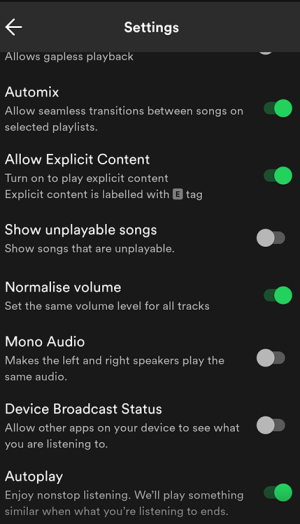Hi!
I'm using the Wiim mini connected with toslink to an external DAC. The sound (spotify, tidal) sounds brighter and harsh compared to a CD-player connected to the same DAC. The volume is also higher than the CD-player when using fixed volume. Setting the volume limiter in the wiim app to 99% semms to soften the sound but also makes it less detailed. So i'm a little bit confused here, is the bitperfect sound at 100% clipping due to the higher output level than my CD and therefore making the sound harsh, or is the volume limiter degrading the sound that much when it's not bitperfect anymore? There is a very noticeable difference switching between 99-100% volume limiter so something is definately going on. I can't figure out the better choice is here, 99% sounds more like the CD-player but then again 100% is bitperfect and therefore "how it is supposed to sound", but after all does not sound right to my ears.
I'm using the Wiim mini connected with toslink to an external DAC. The sound (spotify, tidal) sounds brighter and harsh compared to a CD-player connected to the same DAC. The volume is also higher than the CD-player when using fixed volume. Setting the volume limiter in the wiim app to 99% semms to soften the sound but also makes it less detailed. So i'm a little bit confused here, is the bitperfect sound at 100% clipping due to the higher output level than my CD and therefore making the sound harsh, or is the volume limiter degrading the sound that much when it's not bitperfect anymore? There is a very noticeable difference switching between 99-100% volume limiter so something is definately going on. I can't figure out the better choice is here, 99% sounds more like the CD-player but then again 100% is bitperfect and therefore "how it is supposed to sound", but after all does not sound right to my ears.


